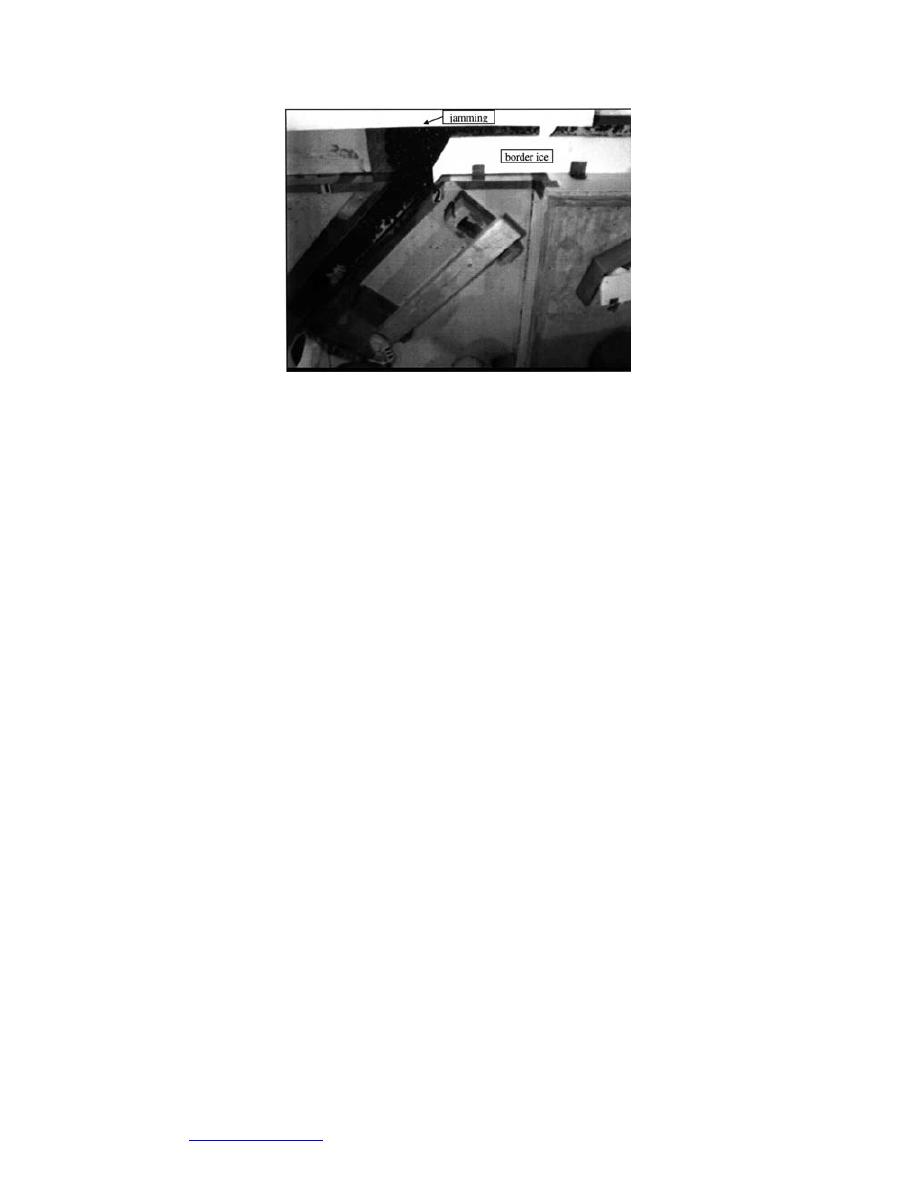
Figure 29. Ice in confluence: Q2/Q1 = 0.6, α = 45, and
b1/b2 = 1.35, border ice.
to the bar greatly constricts the confluence. Figure 29 illustrates how rapidly
jamming may occur. For the present modeling, the frozen bank was modeled
using a Styrofoam sheet, which was suspended on the free surface to enable
flow under the modeled frozen cover. The resultant ice jam concurs remark-
ably well with actual jam patterns at the confluence. Subsequent aerial
photographs show those patterns.
It is evident from the foregoing examples that the likelihood of ice jam forma-
tion increases as the following parameter variations occur:
Increasing apex angle, α.
Decreasing relative width of confluence, b1/b2.
When both ice concentrations C1 and C2 are close to the conveyance capacity
of the confluent channels.
When 0.25 > Q1/Q2 > 4 (the values are nominal), such that the flow from the
higher-flow channel shifts the dividing streamline close to the lesser-flow
channel and may severely constrict ice movement from that channel.
When the relative size of the flow separation zone (or bs/b3) and, relatedly,
the bar is such that confluence is significantly constricted.
FORMULATION
The observations of model ice movement and jamming in the confluences sim-
ulated with the small-scale model reveal three mechanisms whereby ice likely may
jam at a confluence. The following descriptions are based on a simplification of
the complicated stress field that would develop between bands of moving ice:
1. Two ice runs merging in the confluence cause one ice run to jam at a location
immediately upstream of the confluence. This mechanism is illustrated in
Figure 30. The pressure along the interface between the merging ice results
in a force Fmerge that may be resolved into components acting either parallel
(F′merge1 and F′merge2) or normal to the axis of each influent channel (F″merge1
and F″merge2). A jam occurs in channel 1, immediately upstream of the con-
fluence if the additional force acting upstream along the bank of channel 1
(F′merge1 + 1F″merge1) equals or exceeds the net force ΣF driving the ice in
36
Go to contents page



 Previous Page
Previous Page
